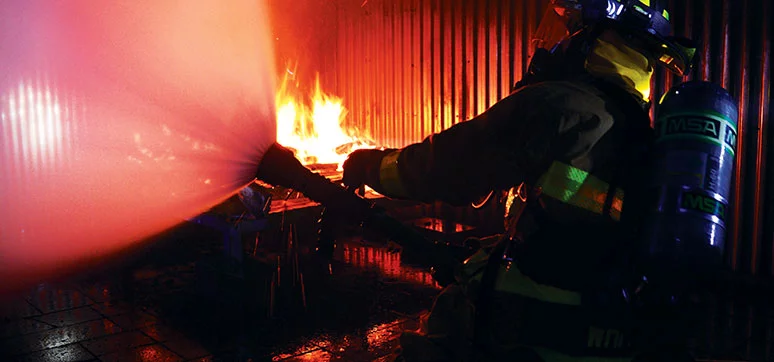Most modern high rise buildings we see coming up all around us today have façades and cladding covering almost 60- 100 per cent of their elevations. Architects and designers are in search of the iconic building and are constantly experimenting with different materials to clad their projects. Traditionally, natural stone was the most preferred material used in addition to painted masonry walls. However, in the last two decades, a variety of innovative cladding materials have been introduced by manufacturers to clad buildings which are stronger, lighter and more durable as compared to natural stone.
The choices of materials used for cladding high rise building are normally selected on the basis of its appearance, durability, and availability of colors. However, now with the pressure on land availability in urban zones, the need for building taller structures has become the norm. While designing such high rise structures, the designers need to focus their attention more on the safety of the occupants along with all other factors, while selecting the materials to be used in the project. Fire safety is one such important factor which needs to be the foremost on the designer’s mind.

With the constraints our fire services face in India, it will be totally impractical to expect them to come to the rescue of the occupants of a high rise in the event of a fire. The non-availability of the suitable equipment and infrastructure to reach beyond a height of 30 meters to rescue the occupants is the reality, which needs to be kept in mind. Therefore, every product used inside and outside the building must be selected keeping its resistance to fire in mind and such products should also not generate toxic fumes when they come in contact with fire. It is also important that these produce specified will not be in any way aid in spreading the fire to other zones. The specifications for fire safety world over has evolved over the last 50 years and the earlier India introduces a comprehensive fire code the safer projects coming up will be.
FIRE FIGHTING IN BUILDINGS
There are two broad categories of issues that need to be considered to make fire safety succeed in a building:
An effective active firefighting system. This includes:
Detection
- Smoke detection
- Heat detection
- Manual fire alarms, etc.
Suppression & extinguish the fire
- Extinguisher
- Sprinkler system
- Gas & foam system
A passive system which involves:
Using tested products in the buildings to prevent the quick spread of fire to other areas or floors in the buildings other than the source where the fire originated. These include façades, walls, false ceilings, ducting and penetration seals, etc.
To have an effective passive fire protection system, the products mentioned above need to be tested for:
Reaction to fire: Measurement of how a material or a system affects the fire development and spread, particularly in the early stages of fire.
Resistance to fire: Measurement of the ability of a product / system to resist the passage of fire from one distinct area to another, or ensure the structural properties of the building.
Most products we use in high-rise projects today need to be tested and certified for either of the above characteristics or for both.
Reaction to fire – Applicable EN specification:
- EN 13501-1 Floor & walls
- En 13501-5 Roofs
- EN 13501-6 Electric cables
Resistance to fire – Applicable EN specification:
- EN 13501-1 Building elements excluding ventilation services
- EN 13501-3 Services installation
- EN 13501-4 Components of the smoke control system Accordingly, once these products are tested and classified, then it’s easy for the architects to specify the correct product for any given application.
As far as the cladding materials are concerned almost all the countries have banned all the products which do not qualify under A1 & A2. Using only A1 & A2 certified products as part of the façade will ensure that the fire does not jump from a lower floor to the higher floor aided by the wind outside, thus giving ample time for the occupants to safely evacuate.
Therefore, it’s important that the building designers and developers always remember the responsibility they are entrusted by specifying only those products which are classified A1 & A2 as per EN standards.














